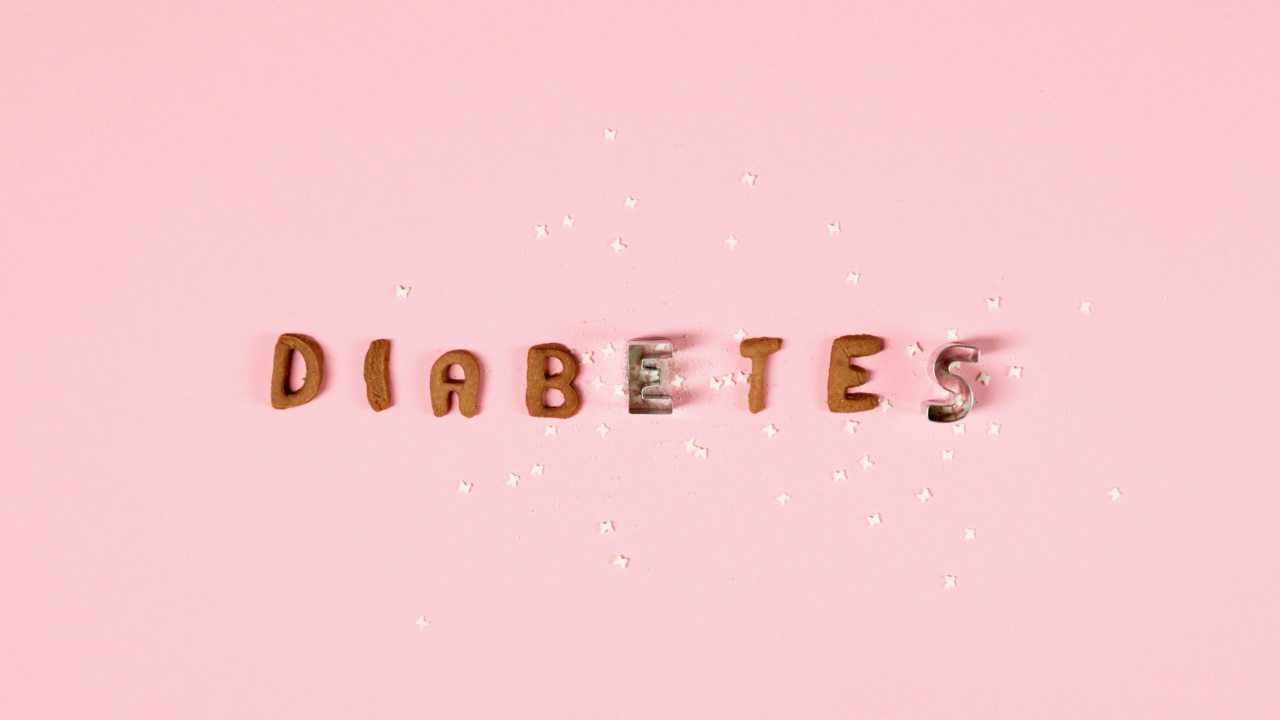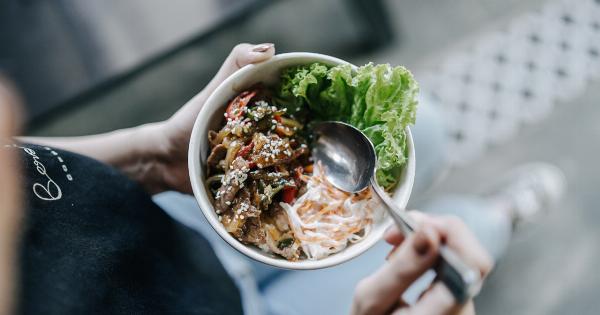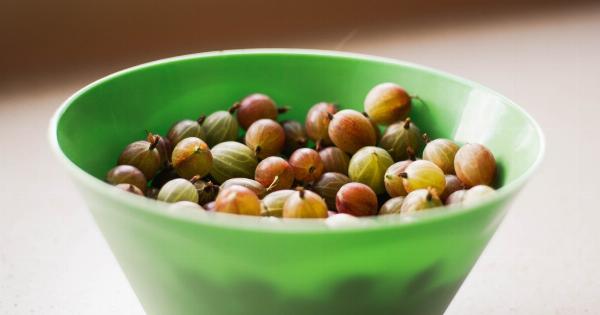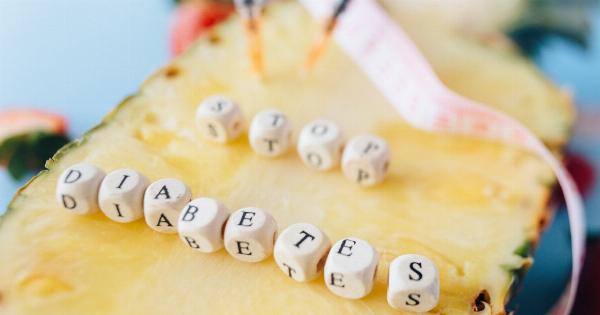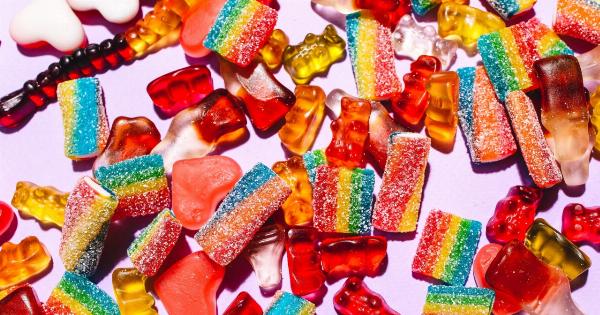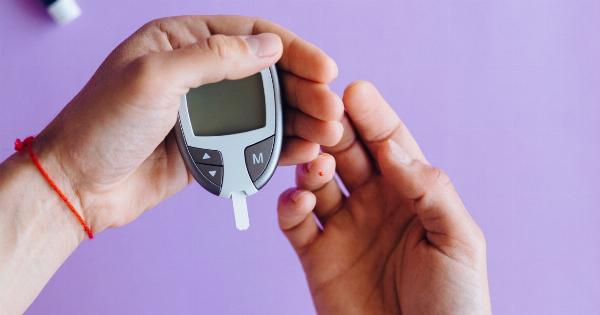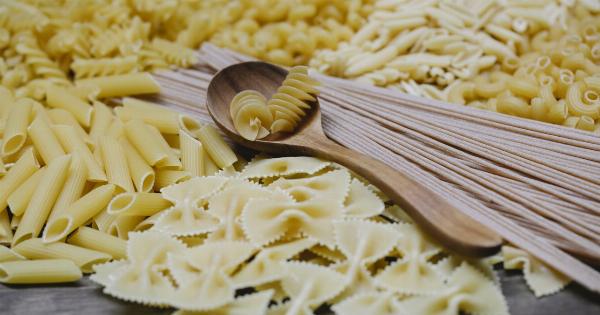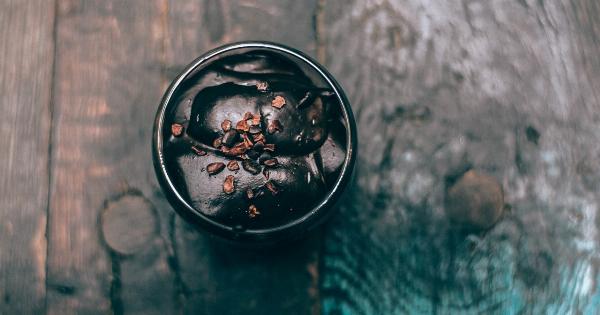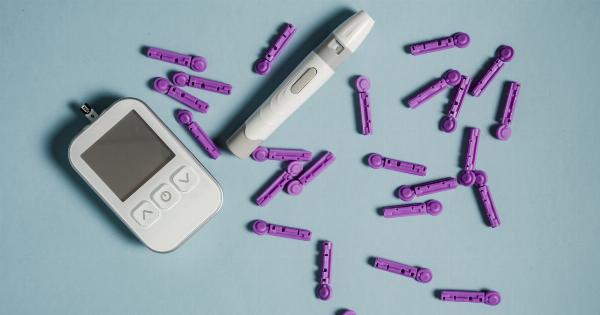Type 2 diabetes is a chronic condition that affects how the body processes blood sugar. If left unmanaged, it can lead to a range of complications, including heart disease, kidney damage, and nerve damage.
However, making changes to your diet can help you manage your symptoms and keep your blood sugar under control. In this article, we’ll take a closer look at the Type 2 Diabetes Diet and the best foods to eat and avoid.
What is Type 2 Diabetes?
Type 2 diabetes is a condition that occurs when the body does not produce enough insulin or is unable to use insulin effectively.
Insulin is a hormone that helps regulate blood sugar levels, and without it, blood sugar levels can become too high, which can lead to a range of complications. Type 2 diabetes is often linked to lifestyle factors such as poor diet, lack of exercise, and obesity, and is more common in older adults, although it can occur at any age.
The Importance of Diet in Managing Type 2 Diabetes
Diet plays a crucial role in managing Type 2 diabetes. By making changes to your diet, you can help regulate your blood sugar levels, reduce your risk of complications, and improve your overall health.
The aim is to choose foods that are high in nutrients and fiber, low in sugar and unhealthy fats, and in the right portion sizes. Here are some of the best foods to include in your Type 2 Diabetes Diet:.
Best Foods to Include in Your Type 2 Diabetes Diet
1. Vegetables: Vegetables are a fantastic source of fiber, antioxidants, and other important nutrients.
Aim to include a variety of vegetables in your diet, including leafy greens, cruciferous vegetables, and colorful vegetables like peppers and tomatoes.
2. Fruits: Fruits are high in fiber and antioxidants but can also be high in sugar. Stick to whole fruits, such as berries, apples, and pears, and avoid dried or canned fruits that are often high in added sugars.
3. Whole Grains: Whole grains are a rich source of fiber and other nutrients and can help regulate blood sugar levels. Some good options include brown rice, quinoa, and wholemeal bread.
4. Lean Protein: Protein is essential for building and repairing tissues in the body. Choose lean sources of protein such as chicken, turkey, fish, and legumes, and avoid processed meats like sausages and bacon.
5. Healthy Fats: Healthy fats, such as those found in nuts, seeds, and oily fish, can help improve heart health and regulate blood sugar levels. Just be sure to keep your portion sizes in check, as these foods are often high in calories.
Foods to Avoid in Your Type 2 Diabetes Diet
1. Sugary Drinks: Sugary drinks, such as soda, fruit juice, and energy drinks, can cause blood sugar levels to rise rapidly and increase your risk of complications.
2. Processed Foods: Processed foods are often high in unhealthy fats, added sugars, and salt, all of which can contribute to poor health outcomes. Try to stick to whole, unprocessed foods whenever possible.
3. Refined Carbohydrates: Refined carbohydrates, such as white bread, pasta, and rice, can cause spikes in blood sugar levels and contribute to weight gain. Instead, choose whole grains whenever possible.
4. Saturated and Trans Fats: Saturated and trans fats can increase your risk of heart disease and other complications. Avoid foods that are high in saturated and trans fats, such as fried foods, processed snacks, and fatty meats.
Portion Sizes and Meal Planning
In addition to choosing the right types of foods, managing portion sizes is also important for managing Type 2 diabetes.
It’s recommended that you work with a registered dietician or healthcare professional to create a meal plan that meets your individual needs and preferences. In general, aim to fill half your plate with vegetables, a quarter with lean protein, and a quarter with whole grains or starchy vegetables like sweet potato.
The Bottom Line
The Type 2 Diabetes Diet emphasizes whole, nutrient-dense foods and encourages limiting processed foods, refined carbohydrates, and added sugars.
By making changes to your diet, you can help regulate your blood sugar levels, reduce your risk of complications, and improve your overall health. Working with a registered dietician or healthcare professional can be a helpful way to create a meal plan that meets your individual needs and preferences.
